Do you ever find yourself getting bored with the same old food every day? Your dog may feel the same. They need to have a high-quality diet, but the same thing, day-in and day-out? Good thing they get treats. Have you considered shaking things up with a new treat, though? Maybe even something plant-based? Vegan dog treats may sound like a strange option, but they’re actually an excellent choice. Packed with dog-safe ingredients and healthy fruits and vegetables, they could be the diet shake-up your pup’s craving!
Vegan Dogs?
The argument on dogs and which side of the menu they order from continues to rage. Some people insist they’re carnivores, like their wolf ancestors. (I won’t go into the fact that I’ve watched wolves happily chow down on berries and watermelon) However, for over 11,000 years, dogs and humans have worked together. In that time, canines have adapted to share a lot of our diets. And humans? We’re omnivores.
"Cats are obligate carnivores and, even though they may chew on plants or grass, will not survive on a vegan diet - they need meat. Dogs are also known to eat some plants and vegetables, but they do still need meat in their diet."
Dogs need a balance between meat and plants – kind of like us. It’s a split of 75% meat and 25% fruits and vegetables (our ratio’s different, in case you wondered). So trying to turn your dog into a vegan – or even a vegetarian – is extremely difficult. It’s not IMPOSSIBLE, but difficult.
They need crucial amino acids found in animal proteins, not to mention minerals and vitamins. It’s NOT impossible, but unless you’re working with a board-certified nutritionist to get things right, you could end up missing something.
However, using vegan dog treats to make sure you’re hitting that 25%? THAT’S easy.
Vegan Dog Treats = Healthy?
How excited do you get when you see the words “fat-free” or “sugar-free?” You pop the food into your cart without a second thought. Those buzz words are designed to lure you in. But fat-free foods are often high in sugar. And when sugar comes out, fat usually goes in.
It’s sneaky, and you have to read labels to see the entire picture.
Vegan dog treats often do the same thing. If they’re full of plants, they MUST be healthier than normal dog treats. That’s how our logic centers like to operate. (After all, plants are healthy)
And sometimes that logic works. Other times, companies sneak in extra sugar and carbohydrates. You think you’re offering a healthy vegan treat. Instead, you’re giving your dog the vegan equivalent of a doughnut.
It’s important to look at the labels and do your homework.
Choosing a Vegan Dog Treat
That brings us to that all-important research aspect of things. “Vegan” sounds special, but it’s actually easy to formulate these dog treats. What isn’t so easy is picking out vegan dog treats that are healthy for your pup to snack on. You need to take your time and look through labels. Tedious? Maybe. But you don’t want your pup packing on the pounds.
- Ingredients: Okay, so you know there won’t be meat on the list. But what else is in there? A ton of sugar? Fruits DO have natural sugars, so there’s no reason for companies to add molasses or other sugars into the mix.
- Grain-Free: Grain-free diets aren’t safe. However, you find a lot of grain-free vegan dog treats. As long treats don’t account for more than 20% of your dog’s diet, it’s safe to use them.
- Calories: As with any treat, look at the calories. Vegan dog treats CAN go high. It’s not bad, but make sure you know how many your pup can have each day.
- Taste: If you’ve ever been curious about your dog’s treats, now’s the time to test them out yourself. You can snack on them without a worry. However, will your canine approve? Not all dogs LIKE vegan dog treats, and you need to prepare yourself for that possibility.
Alternatives to Vegan Dog Treats
If you’re not sure about picking up vegan dog treats, you can offer alternative snacks you probably already have around the house. Remember, you’re looking at fruits and vegetables. You can use what you eat yourself! It’s a nice option for your pup, provided you do a little prep work first.
Fruits
Not every fruit is safe for dogs, but many are. You need to avoid anything soaked in syrup (so no canned fruit). Don’t ADD sugar, either. Fruit has enough natural sweetness. Fruits are okay as an occasional snack, but making it part of the daily routine WILL pack on the pounds. Now and then, though? That’s okay.
- Pears (high in vitamins A and C) – avoid the seeds and core as they contain trace amounts of cyanide
- Pineapple (high in magnesium and manganese)
- Strawberries (high in vitamin C)
Vegetables
Our Greyhound is convinced vegetables are poison. We’ve tried everything to sneak carrots, squash, and pumpkin into her bowl without success. She picks out even shredded carrots (piece by piece) and drops them on the floor.
But if you have a normal dog, they’ll enjoy yummy veggies. And a lot of vegetables are dog-safe. With less sugar than fruits, they’re perfect treats.
- Broccoli (high in calcium, iron, and potassium) – go easy on how many you offer to avoid upset tummies
- Cucumber (high in fiber) – offer in slices to prevent possible choking
- Lettuce (lots of vitamins, minerals, and water)
The Best Vegan Dog Treats
Vegan dog treats help balance a healthy puppy diet. Your dog gets a boost of vitamins, minerals, and fiber from plant-based ingredients – in the form of a delicious treat! It’s the perfect way to add variety to your dog’s diet without doing anything drastic. And with fantastic dog-safe ingredients – including banana and peanut butter – canines come running when they hear the treat jar.
If you have a pup (like ours) who turns their nose up at vegetables, it’s a great way to sneak them in, too. They’ll never know they’re getting their carrots!
Why not combine a vegan dog treat with a dental chew? Virbac thinks it’s a good idea. The Z-shape of the treat allows your dog to hold it in place while also reaching every part of their mouth as they snack. Tartar gets scraped away, and YOU get the bonus of fresher doggie breath. They come in three different sizes to accommodate dogs of every breed, too. Best of all, they have that critical VOHC seal of approval. We started with these for our girl, and she INHALED them. We questioned whether she actually chewed them or not actually.
Downsides? These vegan dog treats are EXPENSIVE. It’s the reason we stopped buying them. Also, when it comes to ingredients, you’re not getting the best. They consist of corn starch, glycerin, soy protein, and flour. Virbac’s focus is on your dog’s teeth, not the veggies. So it’s up to you on where your priorities lie. Also, these are HIGH in calories. They range from 24-105 a chew, depending on the size. Definitely only give ONE a day!
The Good
- Shaped dental chew
- Freshens breath
- 3 Sizes available
The Bad
- Expensive
- 24-105 Calories per chew
- Poor ingredients
Do you want only the best ingredients in your vegan dog treats? Look no further than Fruitables. They offer six different flavor combinations based on pumpkin, and all of them come packed with antioxidants and fiber. They avoid corn, wheat, and soy, so you’re not getting any unwanted carbohydrate fillers. And each treat is under 9 calories, making them reasonable to offer throughout the day. The pumpkin and banana is one of our girl’s favorites (despite the fact she turns her nose up at real banana – go figure).
The downsides? There IS one flavor that features bacon, so the line isn’t completely vegan. They are a harder treat, too, so if you have a dog with dental issues, take care.
The Good
- 6 Flavors available
- No corn, wheat, or soy
- Includes antioxidants and fiber
- Under 9 calories per treat
The Bad
- One flavor features bacon
- Harder treat
Halo pops that keyword “vegan” right on their label. With two flavors (and shapes) to choose from, you know you’re getting the perfect mix of fiber and protein. They skip wheat in their ingredients and load up on the plants. Everything’s processed in the U.S from non-GMO sources, giving you peace of mind. And the crunchy treats provide a nice texture for your dog. Plus, for every bag you purchase, Halo donates a bowl of food to a shelter. (Giving back never gets old)
So what are the downsides? The calorie count is HIGH! Every treat is 17 or 20 calories. You’re going to need to ration these to avoid extra pounds on your canine. And plenty of dogs don’t like the flavor. Probably because they have a tendency to end up on the gassy side. You may want to offer one and watch what happens.
The Good
- 2 Flavors available
- No wheat
- Processed in U.S. with non-GMO fruits and vegetables
- Halo donates food for every bad purchased
The Bad
- 17-20 Calories per treat
- Dogs don't like flavor
- Can cause gas
Old Mother Hubbard has been around since 1926, and the company knows their stuff. They pack their baked vegan dog treats full of apples, carrots, oats, parsley, and sweet potatoes. The company’s never bothered with additives you don’t want, and they stick to the recognizable bone-shape for their treats. You can pick from six different-sized bags (and there are other flavors if you want to skip the vegan route). And while they’re a crunchy treat, they’re easy to chew.
Downside? You do find molasses in the ingredient list. That’s an extra sugar your dog doesn’t need. So while 10 calories a treat isn’t bad, keep these in reserve to avoid overdoing the sugar.
The Good
- No unwanted additives
- 2 different sizes available
- 6 different sized-bags
- 10 Calories per treat
The Bad
- Contains molasses
Sometimes you want a minimum ingredient list. Sam’s Yams have just one: sweet potatoes.! They’re the perfect vegan dog treat AND rawhide alternative. They cut strips of sweet potato and dry them out, digging out ridges to provide much-needed chewing stimulation. Your dog gets plenty of vitamins (A and B6, to be specific), calcium, iron, phosphorous, and potassium. And you don’t have to worry about unnecessary ingredients or fillers.
The downsides? The pieces are cut for medium and large dogs – not small. And they’re on the hard side. If your pup has chewing trouble, be careful.
The Good
- Only 1 ingredient
- Ridged for dental health
- 4 Sizes and shapes available
- 11.5 Calories per treat
The Bad
- Too large for small dogs
- Harder treats
What dog doesn’t want a yummy dog bone to snack on? Threepaws offers them a tasty vegan dog treat in their preferred shape. You have two flavors to choose from, both free from grain, gluten, corn, and soy. Instead, they use coconut and garbanzo flours as the base of their biscuits. And there are no additives, either. The dried coconut adds a fun texture (and flavor!) your dog is sure to appreciate. They also get fiber, plenty of vitamin B, and omega-3 fatty acids. It’s a yummy treat with plenty of health benefits. In addition, Threepaws partners with the Eisenhower Center in Milwaukee, where they’re based. This helps people in their community who have disabilities. Supporting them supports the center (you have to feel good about that).
So what’s the downside? Each treat is 15.6 calories, which is a little high. You CAN break them in half fairly easily, though.
The Good
- 2 Flavors available
- No grain, gluten, corn, or soy
- Contain B vitamins, fiber, and omega-3 fatty acids
- Supports the Eisenhower Center
The Bad
- 15.6 Calories per treat
Yes, that IS an alligator. Whizees uses the unusual shape of their vegan dog treat to encourage your pup to “brush” their teeth. As your dog chomps down on the alligator (so much irony), they scrape away pesky tartar with the bumps and grooves. The chews come in three different sizes to suit every canine. Your dog gets a healthy smile with no pesky preservatives.
Downsides? Similar to Virbac, the focus here is dental health. So while the ingredients ARE vegan, you’re getting potato starch and glycerin. Again, you’ll need to decide your priorities. And, unhappily, you’re getting A LOT of calories. Every alligator comes with 22 calories. You’re only supposed to feed one a day, but that’s still high.
The Good
- Shaped dental chew
- Freshens breath
- 3 Sizes available
The Bad
- 22 Calories per treat
- Poor ingredient list
Zuke’s is the brainchild of Patrick and his dog, Zuke. In 1995, the pair (okay, maybe just Patrick) started creating healthy dog treats. And Crunchy Natural’s is one of the vegan dog treats that resulted. Your dog gets a healthy dose of bananas, berries, peanut butter, pumpkin, AND sweet potatoes in a handy little treat that works for training or any time. There’s no corn, soy, or wheat in the ingredient list – just barley, oatmeal, and rice bran. And you can choose from six different flavor options to keep things fresh. Best of all, that 10 on the label? It refers to the fact that every crunchy bite contains just 10 calories. (Some flavors have FIVE calories!)
The downsides? You are stuck with one size for the treats. So bigger dogs may wonder why you’re handing out itty-bitty morsels. And they do use molasses in the ingredients. It’s a boost of sugar your dog DOESN’T need. Think carefully about how many you dole out.
The Good
- 6 Flavors available
- No corn, soy, or wheat
- 10 Calories or less
The Bad
- Only 1 size
- Contains molasses
Who doesn’t want to add superfoods to their vegan dog treat? That’s what you get with Zuke’s Superfood Blend. They offer three flavors, all of which are packed with the antioxidants you want your dog to have. But you still don’t need to worry about wheat, corn, or soy sneaking in anywhere. Instead, you get beets and berries, green beans and spinach, or carrots, sweet potatoes, and pumpkin. They’re the perfect little punch of fruits and veggies. And at just 4 calories a treat, you can afford to slip them into your dog’s snacking routine.
So what are the downsides? Again, you only get one size to choose from, and it’s on the small side. Also, that molasses creeps into the mix. It’s a catch-22 situation: the calories are low, but it’s sugar your dog doesn’t need. You’ll need to strike the proper balance.
The Good
- 3 Flavors available
- No corn, soy, or wheat
- 4 Calories per treat
The Bad
- Only 1 size
- Contains molasses
The Z-Bone is another Zuke creation that fits the vegan dog treat bill. The shape is designed for (you guessed it) dental health. Your dog’s breath gets a fresh kick from the parsley and fennel while enjoying the natural apple flavor. And YOU enjoy the absence of wheat, gluten, and unnatural additives. They come in three sizes to fit every pup’s mouth size, too.
So what are the downsides? Unfortunately, high calories and dental treats seem to go hand-in-hand. Every treat packs in 40 calories. Once again, just one a day is sufficient. And since people feel these treats are on the pricey side, you’ll probably want to ration them, anyway.
The Good
- Shaped dental chew
- Freshens breath
- 3 Sizes available
- No wheat or gluten
The Bad
- Expensive
- 40 Calories per treat
Eating Your Greens
Maybe people will never settle the carnivore-omnivore debate. And it’s probably not the biggest deal in the world, considering our dogs are happy to snack on fruits and vegetables. Vegan dog treats allow you to introduce those plants in small doses. It may be the ONLY way you get your pup to eat their greens. (We can’t get our dog to eat carrots any other way) They’re healthy morsels doled out every day.
It’s a nice compromise. You don’t have to go through the struggle to get the vegan dog diet down (a complicated undertaking). But your dog gets to enjoy the plant side of their menu. Everybody wins!

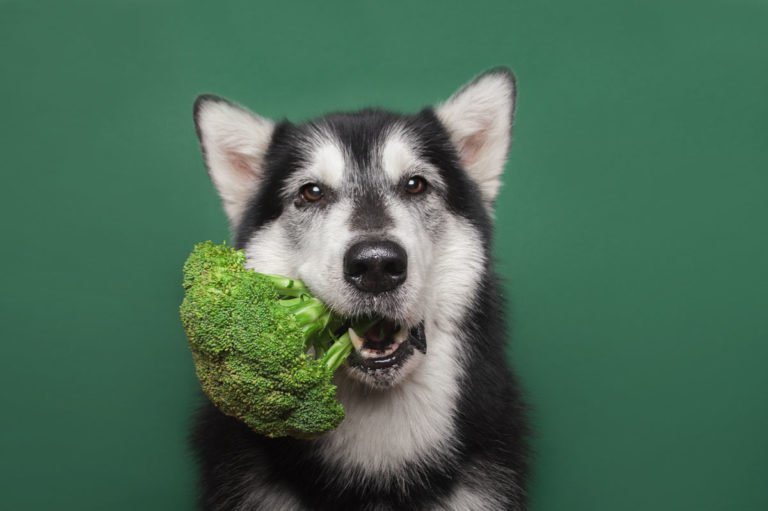
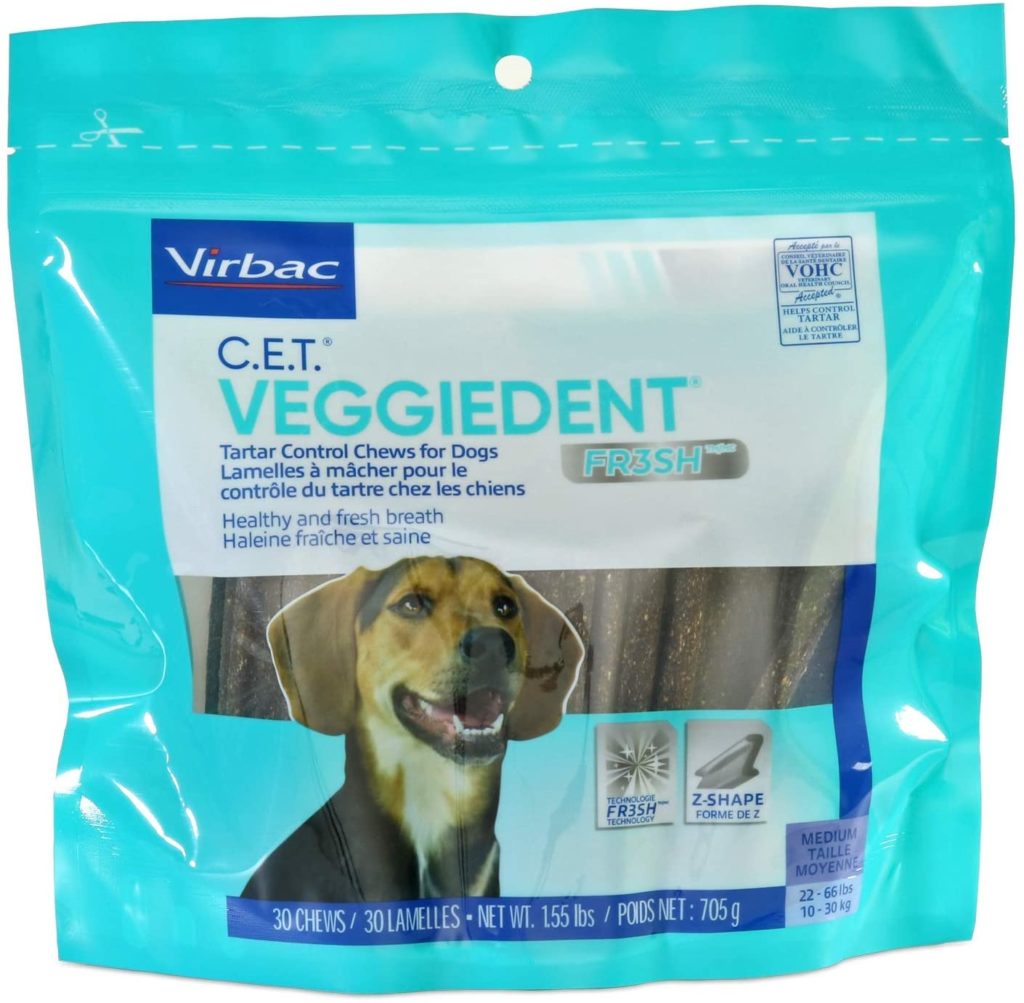
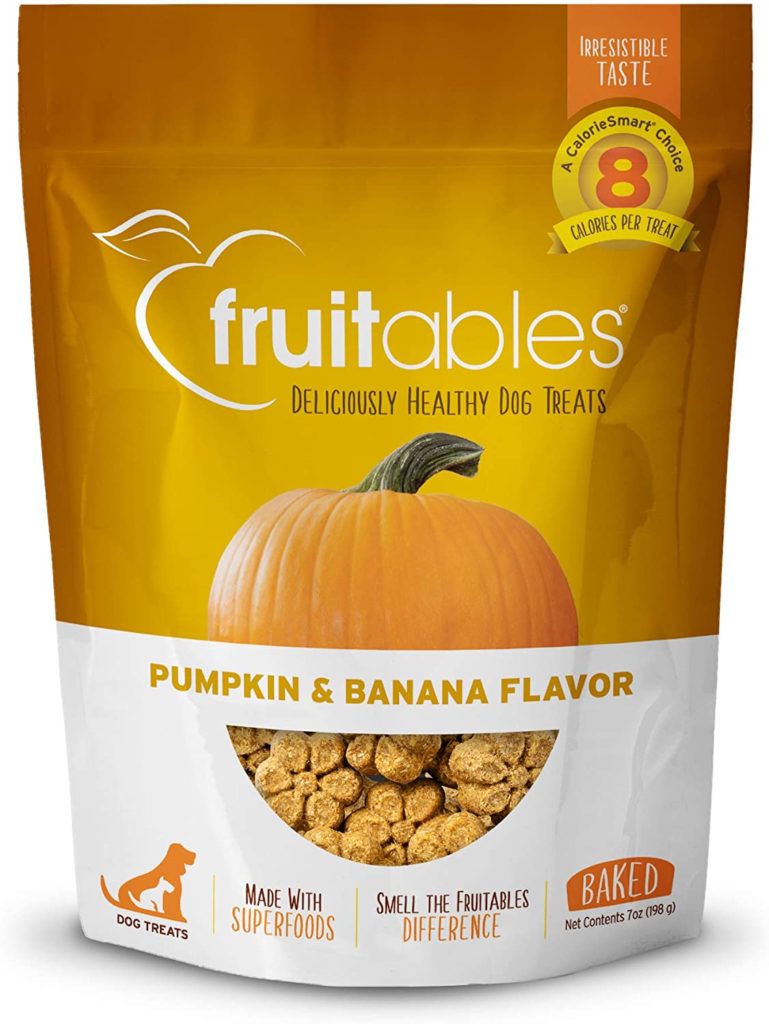
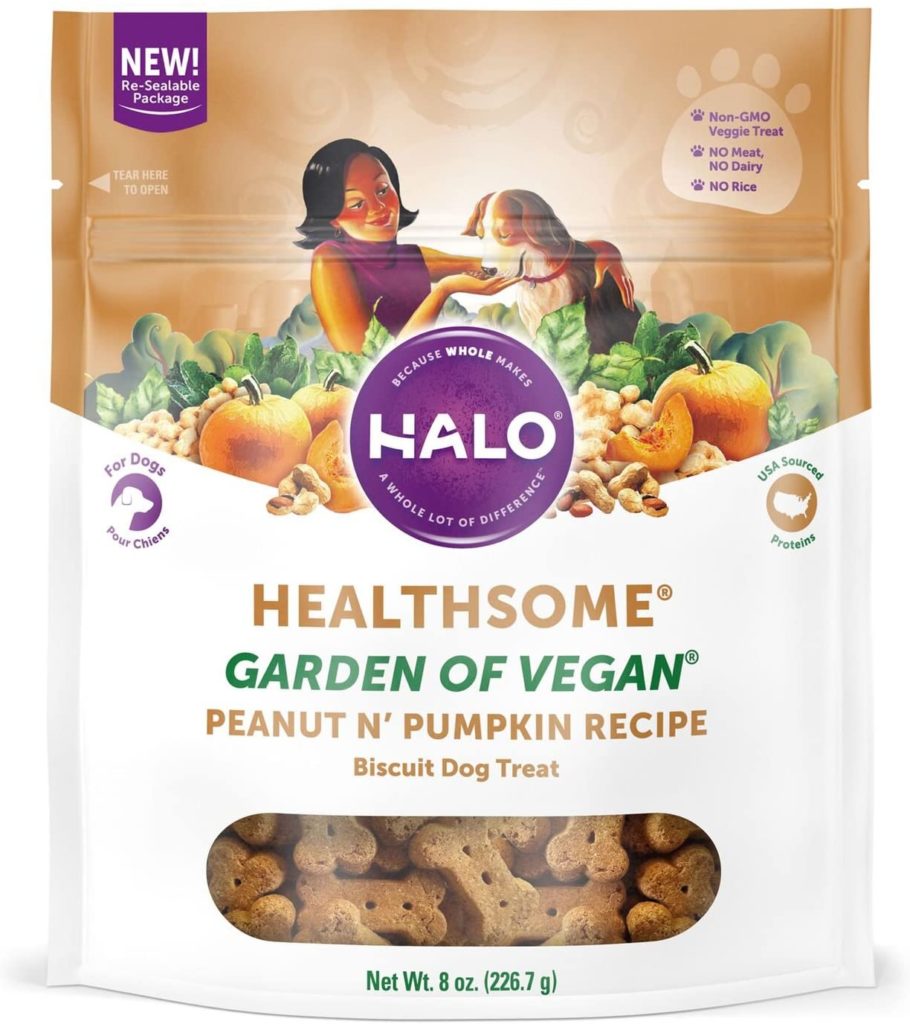
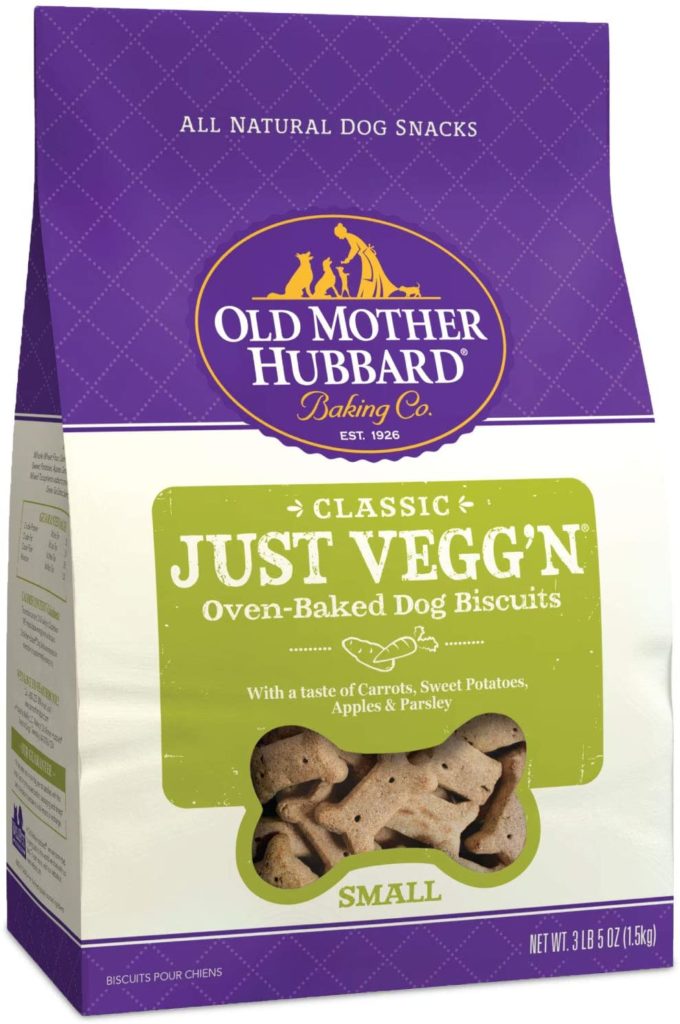
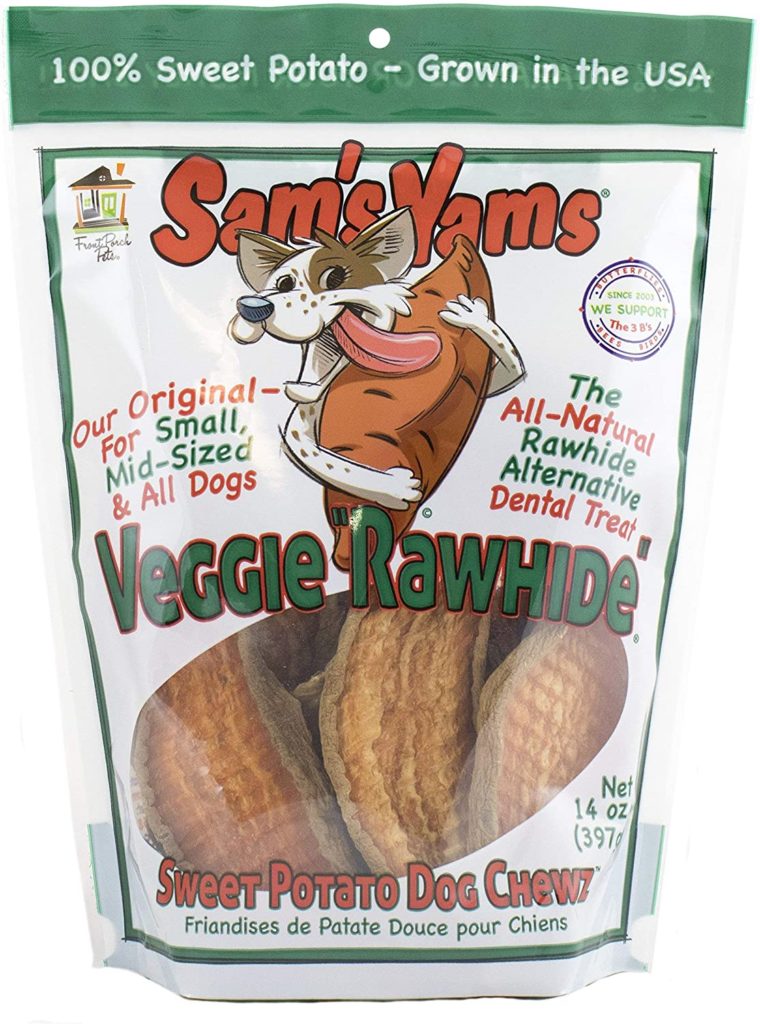
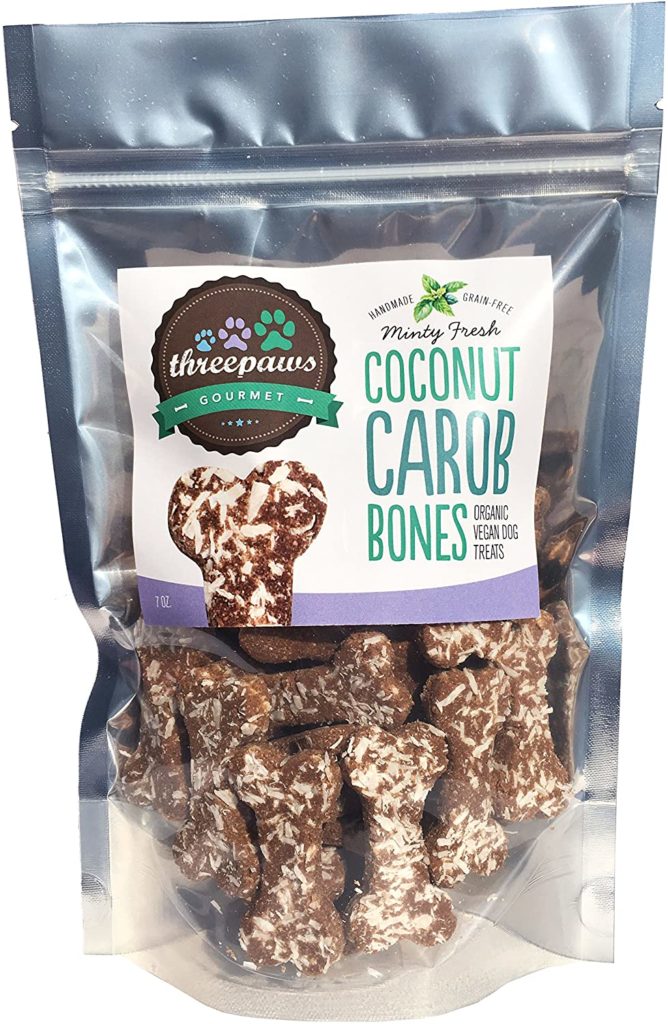
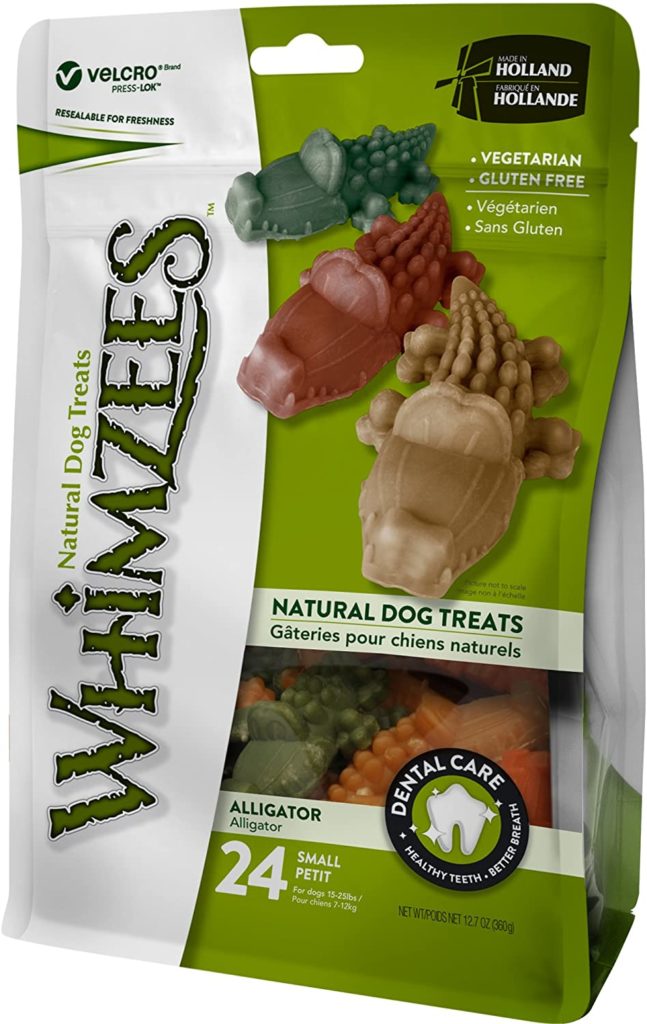
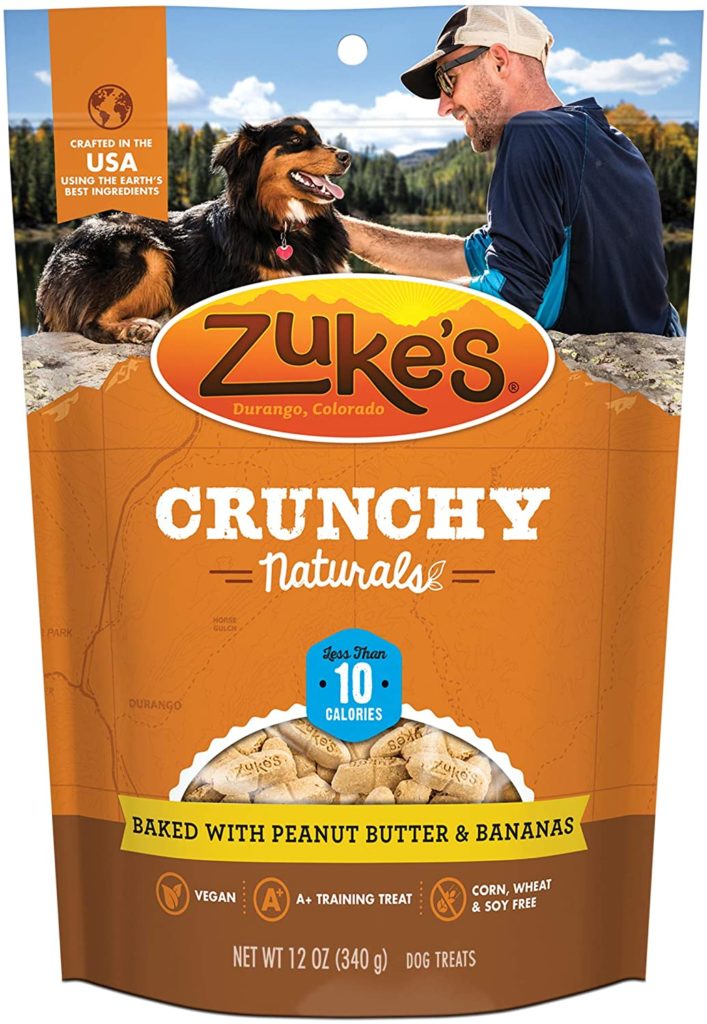
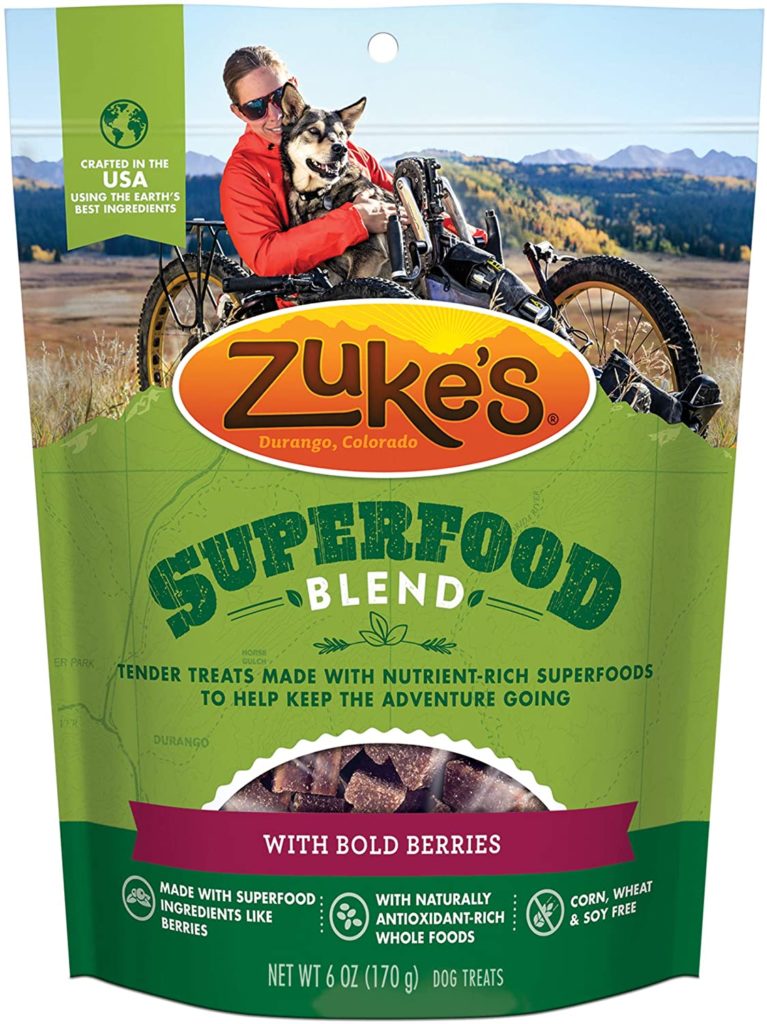
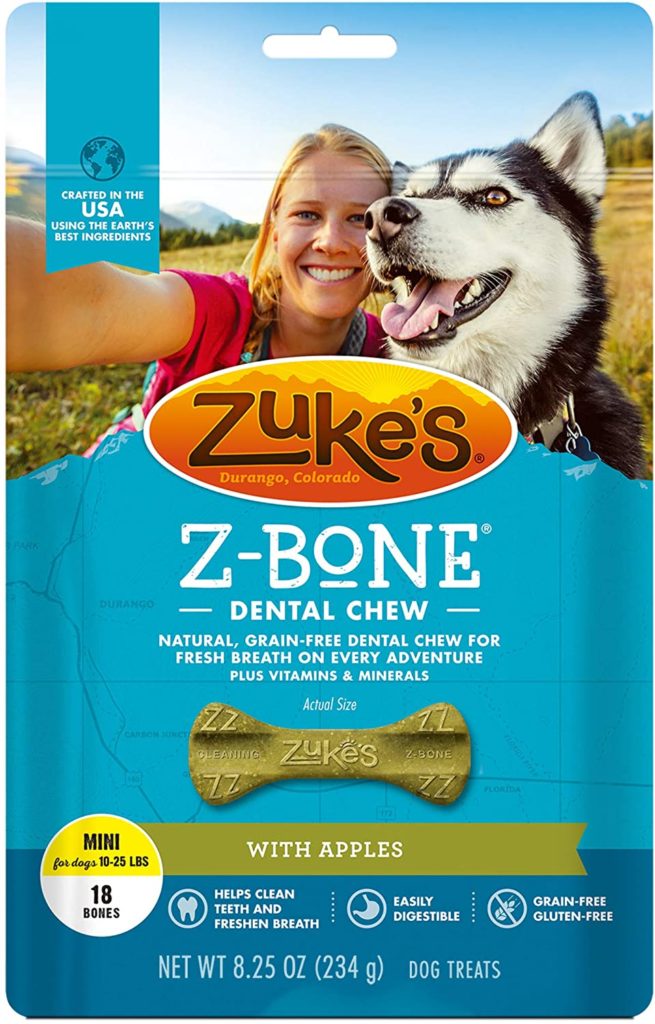




No comment yet, add your voice below!